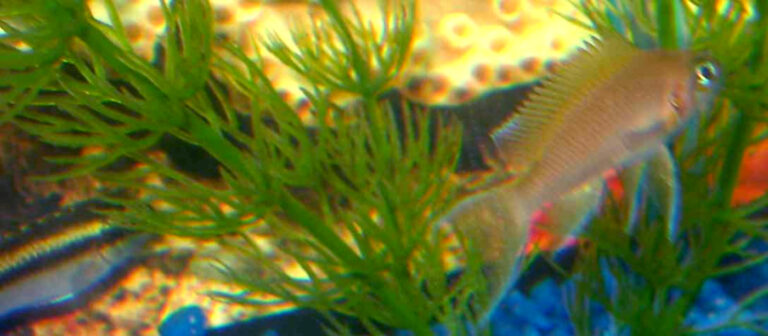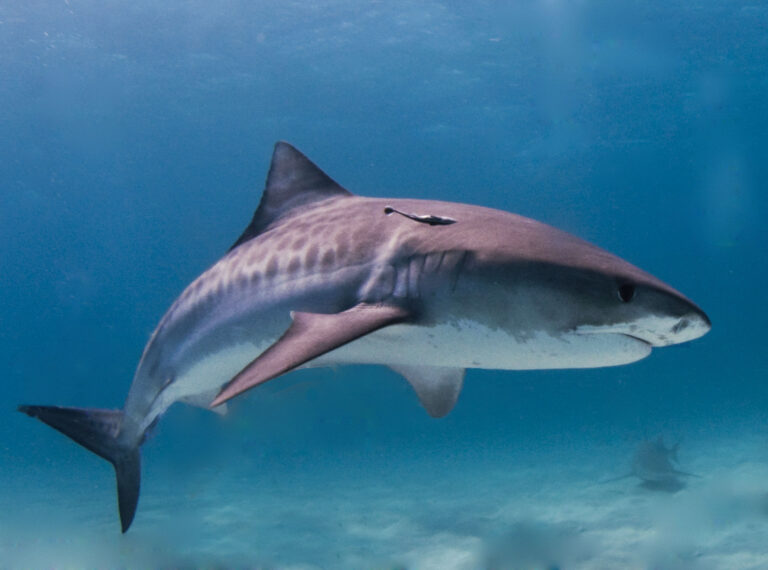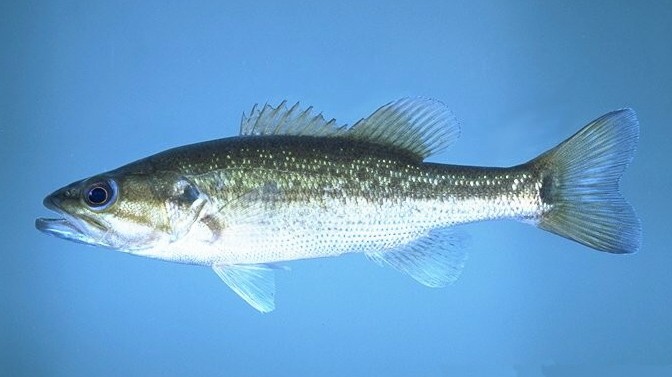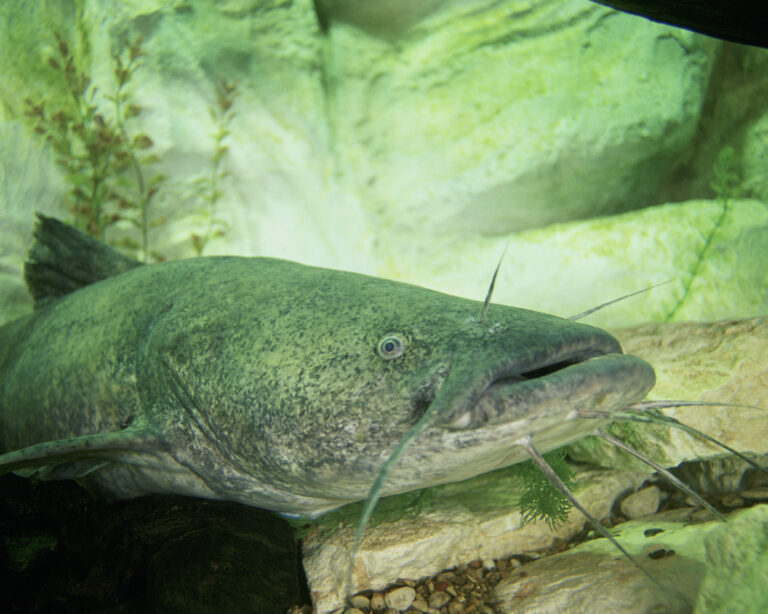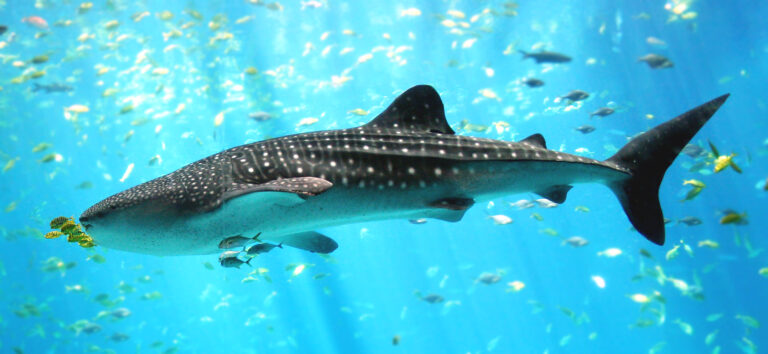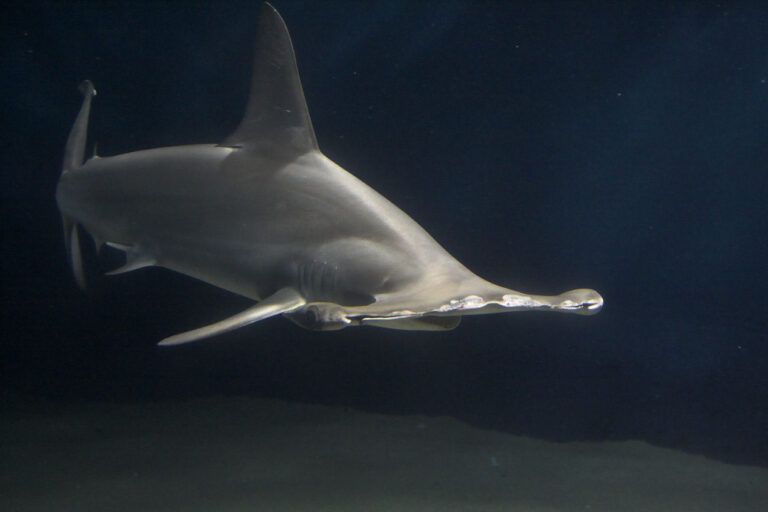Types of Ocean Fishing: Complete Guide for Beginners
By Adam Hawthorne | Last Modified: April 28, 2025
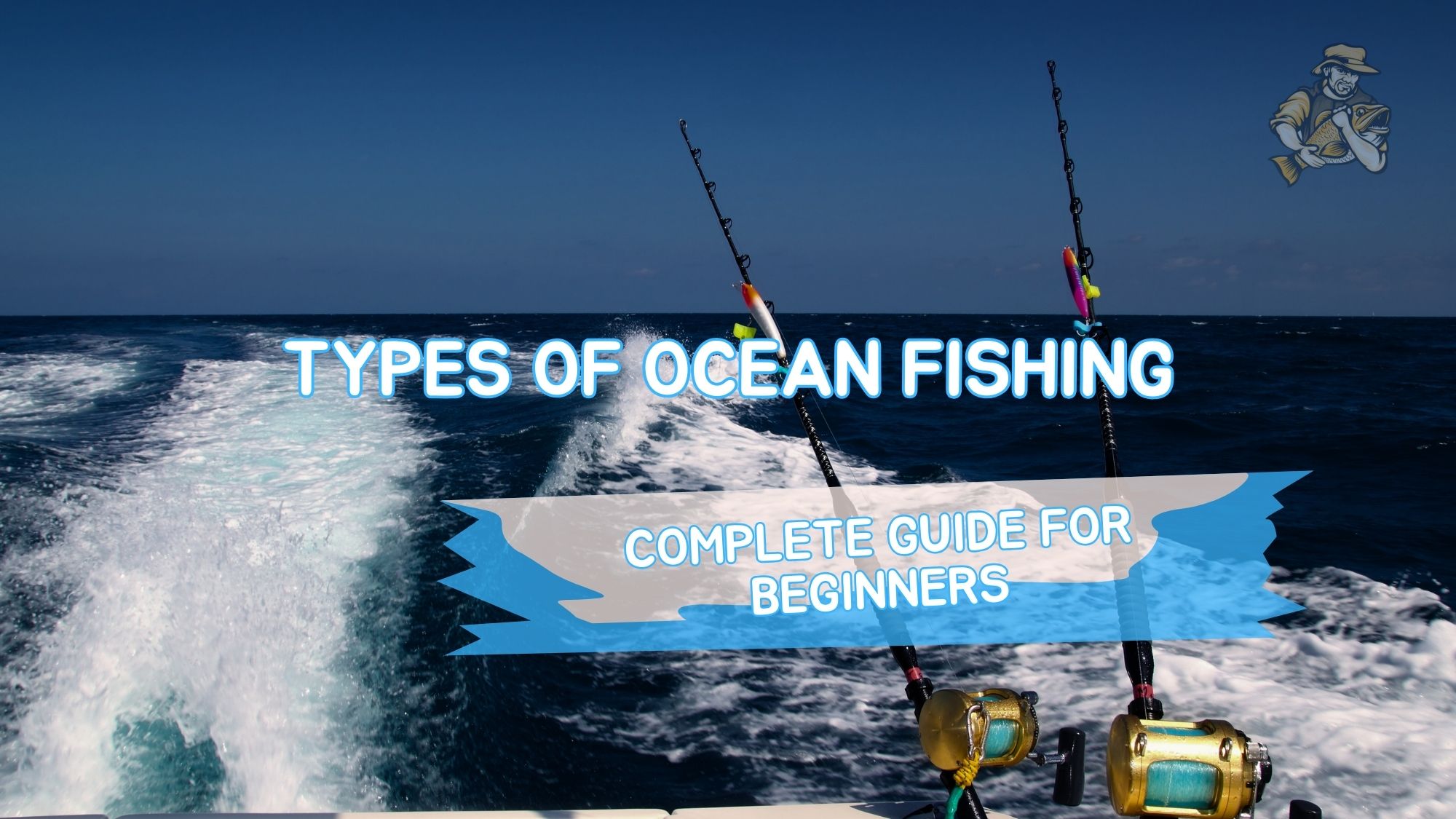
There’s something magical about standing at the edge of the vast ocean with a fishing rod in hand. I’ve spent more than three decades exploring different waters, and ocean fishing remains one of the most rewarding and challenging experiences for any angler. Whether you’re just getting started or looking to expand your saltwater repertoire, understanding the different types of ocean fishing can open up a world of new opportunities.
Understanding Ocean Fishing Fundamentals
When I first started ocean fishing back in the early 90s, I was completely overwhelmed. The gear seemed more complicated, the fish were definitely bigger, and the conditions were nothing like the calm lakes I was used to. But over time, I’ve found that ocean fishing isn’t necessarily more difficult than freshwater fishing – it’s just different.
Ocean fishing can be broken down into several distinct approaches, each with its own techniques, target species, and required equipment. The ocean environment is incredibly diverse, offering everything from shallow flats to deep offshore waters, and each zone has its own unique fishing opportunities.
Before we dive into the specific types of ocean fishing, it’s worth mentioning that your location will determine what’s available to you. Here in Traverse City, we’re obviously focused on Great Lakes fishing, but I’ve made regular trips to coastal areas across North America. My annual winter trips to the Everglades and occasional ventures to the Outer Banks have given me plenty of saltwater experience to share.
Types of Ocean Fishing
1) Surf Fishing – Where Land Meets Sea
Surf fishing might be the most accessible entry point into ocean fishing for most beginners. It’s exactly what it sounds like – fishing from the shoreline into the surf zone where waves break. This type of fishing requires no boat, making it budget-friendly and perfect for beginners.
I still remember my first surf fishing trip to the Outer Banks of North Carolina. I had all the wrong gear – a medium-action bass rod, lightweight tackle, and absolutely no idea what I was doing. A local named Jim took pity on me and showed me how to read the beach, identify promising cuts in the sandbar, and cast beyond the breaking waves. That day changed my entire approach to surf fishing.
The key to successful surf fishing is understanding beach structure and how to identify promising spots:
- Look for cuts or depressions in sandbars where fish congregate
- Target areas near jetties, piers, or other structures that attract fish
- Pay attention to tide movements – many species feed more actively during changing tides
- Watch for birds diving or baitfish activity, signaling predators nearby
For surf fishing gear, you’ll typically need:
- 9-12 foot medium-heavy to heavy action rod
- Spinning reel in the 4000-6000 size range
- 15-30 pound test line (monofilament or braided)
- Various weights (pyramid sinkers work best in surf)
- Circle hooks in assorted sizes
- A sturdy rod holder that can be pushed into the sand
The species you’ll catch surf fishing vary dramatically by region. Along the Atlantic, you might land striped bass, bluefish, or red drum. Gulf Coast anglers often catch pompano, whiting, and speckled trout. Pacific shores offer surfperch, corbina, and various rockfish species.
Last October, I spent a week surf fishing in the Outer Banks and had incredible success using simple sand fleas I dug up right on the beach. Sometimes natural bait outperforms even the most expensive artificials – a lesson I’ve learned repeatedly over the years.
2) Pier and Jetty Fishing – Structure Fishing at its Finest
If surf fishing has one drawback, it’s limited casting distance. That’s where pier and jetty fishing come in. These structures extend further into the water, putting you closer to deeper waters where larger fish often roam.
Pier fishing is particularly beginner-friendly because:
- No boat is needed
- Facilities are often available (bathrooms, bait shops, food)
- Other anglers are usually willing to share tips
- You can observe successful techniques before trying them
- More stable platform means easier casting and fighting fish
My buddy Dave who guides in Florida swears that pier fishing taught him more about reading water and fish behavior than any other type of fishing. “When you’re stuck in one spot, you have to become more observant,” he told me last year while we were targeting sheepshead around pier pilings in Pensacola.
Jetty fishing offers similar advantages but with even better fish-holding structure. Jetties – those rock structures extending from shore – create current breaks and provide excellent habitat for various species. The downside is they can be more dangerous to navigate, especially when wet.
For pier and jetty fishing, I recommend:
- Medium to medium-heavy 7-9 foot rods
- Spinning or conventional reels depending on target species
- 15-30 pound test line
- Various rigs including fish-finder rigs and high-low rigs
- Strong hooks (saltwater-grade)
- Heavier weights to hold bottom in current
- Cut bait, shrimp, or artificial lures depending on target species
One peculiar but effective technique I’ve seen used on Gulf piers is what locals call “snobbling” – basically free-lining live bait with no weight, letting it drift naturally with the current around structure. I watched an old-timer land three massive redfish using this method while everyone else struggled. Sometimes the simplest approaches work best.
3) Inshore Fishing – The Productive Middle Ground
Inshore fishing refers to fishing relatively shallow coastal waters, typically less than 30 feet deep. This includes bays, estuaries, flats, mangroves, and areas around bridges or other coastal structures. This is my personal favorite type of ocean fishing because of the variety of species and fishing techniques involved.
Inshore fishing typically requires a boat, though it can sometimes be done by wading in suitable areas (something I’ve done extensively in Florida’s grass flats). Boats used for inshore fishing range from kayaks and small skiffs to bay boats in the 18-24 foot range.
My first inshore experience was in a borrowed 16-foot skiff in Tampa Bay. I had no GPS, a paper chart I could barely read, and an old-school depthfinder that showed little more than the bottom. Despite my navigational challenges, I managed to find a grassy area with good current flow and caught my first-ever speckled trout – still one of my favorite inshore species to target.
The primary appeal of inshore fishing is the variety. On a good day, you might catch half a dozen different species using several different techniques. Some popular inshore fishing methods include:
- Live bait fishing with shrimp, pinfish, or mullet
- Artificial lure fishing with soft plastics, topwater plugs, or jigs
- Sight fishing for species like redfish or bonefish on shallow flats
- Structure fishing around docks, bridges, or oyster beds
Inshore species vary by region but often include:
- Redfish (red drum)
- Speckled trout
- Flounder
- Snook
- Tarpon
- Striped bass
- Black drum
- Sheepshead
For inshore fishing, lighter tackle is typically used compared to offshore:
- 6.5-7.5 foot medium to medium-heavy rods
- 2500-4000 size spinning reels or low-profile baitcasters
- 10-20 pound test line (braid with fluorocarbon leader is popular)
- Assorted hooks, weights, and terminal tackle
- Variety of artificial lures or live bait options
I remember one particularly memorable inshore trip in the Everglades where we were targeting snook around mangrove shorelines. After a slow morning, my friend Tom suggested we try a small creek mouth he knew about. It was barely visible from the main waterway – just a tiny cut in the mangroves you’d miss if you didn’t know it was there.
As we poled into the creek, we found ourselves in a snook paradise. These fish had likely never seen a lure before, and they attacked our white bucktail jigs with abandon. We caught and released over 20 snook in an hour, including a few genuine monsters over 30 inches. That experience taught me the value of local knowledge and exploring areas that others might overlook.
4) Nearshore Fishing – Venturing Further Out
Nearshore fishing occupies the middle ground between inshore and offshore, typically extending from the beach out to about 10-20 miles, depending on your location. This zone often features artificial reefs, natural bottom structures, and abundant marine life.
Nearshore fishing requires a boat capable of handling rougher conditions than you’d encounter inshore. Typically, boats in the 20-30 foot range are used, though smaller vessels can work on calmer days (though I wouldn’t recommend it – I’ve been caught in sudden squalls more than once in my smaller boat, and it’s not fun).
My introduction to nearshore fishing came courtesy of my father-in-law during a summer trip to the Gulf Coast. He took me out to an artificial reef about 8 miles offshore, where we dropped cut bait to the bottom. Within minutes, we were hooking into red snapper, grouper, and kingfish. The variety and size of fish immediately had me hooked on this type of fishing.
Nearshore fishing methods include:
- Bottom fishing with natural baits for snappers, groupers, and other structure-oriented species
- Trolling for pelagic species like king mackerel, bonito, or small tuna
- Jigging around structure for amberjack, grouper, or snapper
- Casting to visible structure or floating debris
The gear required is substantially heavier than inshore equipment:
- 7-8 foot medium-heavy to heavy action rods
- Larger spinning reels (5000-8000 size) or conventional reels
- 20-50 pound test line
- Heavy-duty hooks and terminal tackle
- Various sinkers for reaching deeper depths
One of my most productive nearshore trips happened almost by accident. We were headed offshore for grouper but encountered a massive school of baitfish being harassed by false albacore and Spanish mackerel about 5 miles out. We quickly switched to lighter tackle and small silver spoons, and spent the day catching one fish after another on nearly every cast. Sometimes flexibility beats rigid planning when it comes to ocean fishing.
5) Offshore Fishing – The Deep Blue Adventure
Offshore fishing represents the ultimate oceanic adventure, targeting pelagic species and bottom dwellers in deep water, typically 20+ miles from shore. This is serious fishing that requires larger vessels, specialized equipment, and good seamanship skills.
My first offshore experience came on a charter boat out of Key West. We ran about 30 miles out, deployed a spread of trolling baits, and within an hour were hooked up with my first-ever mahi-mahi (dolphin fish). The brilliant colors, acrobatic jumps, and delicious fillets made for an unforgettable experience. I was immediately addicted to offshore fishing, though my wallet wasn’t nearly as enthusiastic.
Offshore fishing is typically done on boats in the 30+ foot range, capable of handling serious ocean conditions. The most common offshore fishing methods include:
- Trolling with natural baits or artificial lures
- Deep dropping with electric reels for bottom species
- Kite fishing for sailfish and other billfish
- Chunking and chumming for tuna and other pelagics
- Live baiting for various species
Target species offshore vary by region but often include:
- Tuna (yellowfin, blackfin, bluefin)
- Mahi-mahi (dolphin fish)
- Wahoo
- Various billfish (sailfish, marlin)
- Grouper and snapper species
- Amberjack and other reef species
- Sharks
Offshore gear is substantial and specialized:
- Heavy-duty 6-7 foot stand-up rods or longer trolling rods
- Large conventional reels with substantial line capacity
- 30-80 pound test mainline (or much heavier for big game)
- Steel leaders for toothy species
- Specialized terminal tackle and rigging
- Large artificial lures or carefully rigged natural baits
The costs of offshore fishing can be prohibitive for many anglers, which is why charter fishing is such a popular option. For occasional offshore adventures, a charter provides the boat, gear, expertise, and often even the fishing license – you just show up and fish.
During my Alaska trip five years ago, I splurged on an offshore charter targeting halibut and lingcod. The captain took us to his “secret spot” about 25 miles from port, and we dropped heavy jigs to the bottom in about 300 feet of water. The fishing was incredible, but what I remember most was the sheer physical challenge. Reeling up a 70-pound halibut from that depth gave me a newfound respect for deep-water anglers. My arms were sore for days afterward!
6) Deep Sea Fishing Charters – The Accessible Option
For many anglers, deep sea fishing charters represent the most practical way to experience offshore fishing without the massive investment in a boat and gear. Charters come in several varieties:
- Party boats (also called head boats) – Larger vessels that take multiple groups of anglers, typically at a per-person rate
- Private charters – The entire boat is reserved for your group only
- Shared charters – Your group shares the boat with other small groups to split costs
Charter options typically include:
- Half-day trips (4-6 hours) – Usually stay in nearshore waters
- Full-day trips (8-10 hours) – Venture further offshore
- Extended trips (overnight to several days) – Target the most distant fishing grounds
One thing I’ve learned about charter fishing – you generally get what you pay for. I’ve been on budget party boats where we were packed like sardines, using rental rods that had seen better days. I’ve also splurged on high-end private charters with top-notch gear and captains who put us on fish consistently.
My most memorable charter was actually a mid-range option out of Destin, Florida. The captain was a third-generation fisherman who knew the waters intimately. Instead of running straight offshore like the other charters, he took us to several productive spots closer in, explaining what we were looking for on the bottom machine and why fish gathered there. We caught plenty of snappers and groupers, and I probably learned more in that one day than in my previous five charter trips combined.
If you’re considering a charter, here are a few tips I’ve picked up over the years:
- Book directly with the charter company when possible (save on booking fees)
- Ask specific questions about the fishing style and targets
- Check recent catch reports and honest reviews
- Understand exactly what’s included (bait, tackle, cleaning, etc.)
- Clarify cancellation policies, especially weather cancellations
- Don’t forget to budget for crew tips (typically 15-20% for good service)
The beauty of ocean fishing is that there’s something for every angler, regardless of budget or experience level. From the simplicity of surf fishing to the adventure of offshore trolling, each approach offers unique challenges and rewards.
Specialized Types of Ocean Fishing
Beyond the broad categories above, there are several specialized types of ocean fishing worth mentioning.
Fly Fishing in Saltwater
Saltwater fly fishing has exploded in popularity over the past couple decades. While traditionally associated with freshwater, fly fishing in the ocean offers incredible opportunities, particularly for sight-fishing shallow water species.
The first time I tried saltwater fly fishing was on a guided trip in the Florida Keys. We were poling a shallow flat, looking for bonefish. After several hours without success, we spotted a pair of permit – notoriously difficult to catch on fly. The guide coached me through a cast that landed about two feet from the lead fish. To my absolute shock, the permit turned and ate my crab fly. The subsequent battle was epic, with my backing disappearing into the distance before I eventually landed what many consider the ultimate fly fishing trophy.
Popular targets for saltwater fly anglers include:
- Bonefish
- Permit
- Tarpon
- Redfish
- Snook
- Striped bass
- False albacore
- Various Pacific species like roosterfish
Saltwater fly gear is typically heavier than freshwater equipment:
- 7-12 weight fly rods (heavier for bigger species like tarpon)
- Saltwater-specific reels with strong drags
- Weight-forward floating lines for flats fishing
- Sinking lines for deeper water
- Wire leaders for toothy species
- Specialized saltwater flies
Tommy, my 9-year-old son, has recently shown interest in fly fishing, though we’re starting him on panfish in freshwater before tackling the challenges of saltwater fly fishing. The casting demands and conditions can be frustrating for beginners.
Kayak Fishing in the Ocean
Kayak fishing has revolutionized access to inshore and even nearshore waters. Modern fishing kayaks are incredibly stable, feature-rich vessels that allow anglers to reach productive waters without the expense of a traditional boat.
I resisted the kayak fishing trend for years, convinced that my small skiff was superior in every way. That changed when my buddy Michael showed up with two pedal-drive kayaks for a weekend of fishing in the Everglades. The ability to silently approach skittish redfish in water too shallow for my boat was a revelation. We accessed remote mangrove creeks that were simply unreachable in larger vessels.
Ocean kayak fishing offers several advantages:
- Low cost compared to traditional boats
- No fuel expenses
- Extremely stealthy approach to fish
- Access to very shallow water
- Simplicity and ease of maintenance
- Great exercise while fishing
- No boat ramp needed – launch from almost anywhere
The limitations are equally obvious:
- Limited range
- Weather vulnerability
- Reduced gear capacity
- Physical demands
- Safety concerns in some waters
Modern fishing kayaks feature pedal drives, sophisticated fish finders, anchor systems, and rod holders that make them surprisingly capable fishing platforms. I wouldn’t take one offshore, but for inshore fishing, they’re hard to beat for cost-efficiency.
Big Game Fishing
Big game fishing represents the pinnacle of offshore angling pursuits, targeting the largest and most challenging ocean predators. This specialized approach typically focuses on billfish (marlin, sailfish), large tuna species, and sometimes sharks.
I’ve only experienced true big game fishing once, during a bucket-list trip to Kona, Hawaii, for my 35th birthday. We targeted blue marlin, trolling large artificial lures at surprisingly fast speeds (9-10 knots). After hours without action, the port rigger suddenly snapped free as a massive blue marlin engulfed the lure. The next 45 minutes were an absolute battle as the fish made repeated runs and spectacular jumps. When we finally brought the 350-pound marlin alongside for photos before release, I understood why anglers become obsessed with these magnificent creatures.
Big game fishing requires specialized equipment:
- Extra-heavy duty rods and reels
- 50-130 pound test line or heavier
- Specialized terminal tackle
- Large artificial lures or carefully rigged natural baits
- Fighting chairs or stand-up harnesses for battling large fish
The costs associated with big game fishing are substantial, including:
- Larger offshore-capable vessels
- Higher fuel consumption
- Specialized gear
- Often longer runs to productive waters
For this reason, most anglers experience big game fishing through charter operations specializing in these species.
Commercial Fishing Methods vs. Recreational Fishing
It’s worth briefly mentioning commercial fishing methods, as they differ substantially from recreational approaches. While recreational anglers might catch a few fish for personal consumption, commercial operations harvest fish at scale using methods like:
- Purse seining
- Longlining
- Gill netting
- Trawling
- Pot fishing
This distinction is important because sustainable recreational fishing practices often differ from commercial concerns. Catch and release, size limits, and bag limits are critical conservation tools for recreational anglers.
During my trip to Alaska, I had the opportunity to spend a day on a commercial salmon boat. The sheer scale and efficiency of their operation gave me a new perspective on commercial fishing. While the methods were nothing like my recreational experiences, the captain’s knowledge of salmon behavior and migration patterns was incredible.
FAQ About Ocean Fishing
What gear do I need to start ocean fishing?
As a beginner, start with versatile saltwater gear that can handle multiple situations:
- A medium-heavy 7-foot spinning rod
- A 4000-5000 size saltwater spinning reel
- 15-20 pound braided line with fluorocarbon leader
- Assorted hooks, weights, and basic terminal tackle
- A small selection of lures (jigs, spoons, and soft plastics)
This basic setup will handle most inshore and surf fishing situations. As you specialize, you can expand your gear collection. I started with just one combo and gradually built my arsenal over years.
Is ocean fishing dangerous?
Ocean fishing carries inherent risks, but most can be mitigated with proper precautions:
- Always check weather forecasts before heading out
- Wear a personal flotation device when on boats
- Tell someone your plans, including expected return time
- Bring proper safety equipment (first aid kit, communications)
- Learn basic navigation and seamanship if boating
- Stay hydrated and protected from the sun
- Be careful when handling fish with teeth, spines, or sharp gill plates
I’ve had a few close calls over the years, mostly weather-related. During one nearshore trip, a sudden squall developed with almost no warning. We were fortunate to make it back to the harbor safely, but it reinforced the importance of constant weather awareness when ocean fishing.
How do I find good fishing spots in the ocean?
Finding productive ocean fishing spots requires a combination of research and observation:
- Study nautical charts for structure (reefs, wrecks, depth changes)
- Talk to local bait shops and fishing communities
- Join online fishing forums for regional information
- Look for bird activity, bait schools, or surface disturbances
- Watch other successful anglers (while giving them proper space)
- Keep detailed records of productive spots including tide phase, time of day, and season
Over time, you’ll build a personal database of productive locations. Some of my best spots came from careful observation rather than someone sharing coordinates. Watch for subtle signs like slight changes in water color, current seams, or isolated structure.
What’s the best bait for ocean fishing?
The “best” bait varies dramatically depending on your target species, location, and conditions. However, some consistently productive options include:
- Live shrimp (works for numerous inshore species)
- Cut bait (especially oily fish like mullet or mackerel)
- Sand fleas/mole crabs (excellent for pompano and other surf species)
- Live baitfish appropriate to your region
- Squid (works for many bottom species)
I’ve found that carrying multiple bait options is crucial for success. On days when one bait isn’t working, another might be the ticket. During my last trip to the Gulf, the fish completely ignored the live shrimp everyone was using but readily attacked cut ladyfish – something I tried out of desperation after a slow morning.
Can I eat fish caught in the ocean?
Most ocean fish make excellent table fare, but a few precautions are worth mentioning:
- Familiarize yourself with any consumption advisories for your region
- Learn proper handling and immediate icing techniques for food safety
- Identify any species with potential ciguatera concerns in tropical waters
- Follow local regulations regarding harvested species
As for taste, many ocean species are absolutely delicious when properly handled and prepared. Some of my family favorites include:
- Yellowtail snapper
- Black sea bass
- Flounder
- Mahi-mahi
- Striped bass
- Redfish (in limited quantities due to conservation)
Just remember that conservation-minded harvesting is essential. My rule is to never take more than what my family will eat in a single meal, even when limits allow more.
Final Thoughts on Ocean Fishing
Ocean fishing offers incredible diversity, from the accessible simplicity of surf fishing to the adventure of offshore pursuits. I began my saltwater journey as a complete novice, intimidated by the vastness of the ocean and the complexity of techniques. Thirty years later, I still consider myself a student of ocean fishing – there’s always something new to learn.
If you’re just starting out, I encourage you to begin with shore-based options like surf, pier, or jetty fishing. These approaches require minimal investment while still providing the opportunity to catch quality fish. As your skills and interests develop, you can explore more specialized techniques or venture further offshore.
The ocean is a dynamic environment that rewards observation, patience, and adaptability. Some of my most memorable catches came during periods when I abandoned my original plan and adapted to what the water was telling me. That flexibility – being willing to change tactics based on conditions – is perhaps the most valuable skill for any ocean angler to develop.
Whatever approach you choose, remember that ocean fishing isn’t just about the catch. It’s about connecting with the most profound natural force on our planet, developing respect for marine environments, and experiencing moments of both challenge and serenity that stay with you long after the fishing day ends.

Meet Adam Hawthorne
I’m a lifelong fishing enthusiast who’s spent years exploring rivers, lakes, and oceans with a rod in hand. At Fishing Titan, I share hands-on tips, honest gear reviews, and everything I’ve learned about fish and ocean life, so you can fish smarter and enjoy every cast.
Share:

Meet Adam Hawthorne
I’m a lifelong fishing enthusiast who’s spent years exploring rivers, lakes, and oceans with a rod in hand. At Fishing Titan, I share hands-on tips, honest gear reviews, and everything I’ve learned about fish and ocean life, so you can fish smarter and enjoy every cast.
Related Articles
-
Kribensis Cichlid
The Kribensis Cichlid (Pelvicachromis pulcher) stands as one of West Africa’s most remarkable freshwater fish species, captivating aquarists and researchers alike with its vibrant coloration…
-
Tiger Shark
The Tiger Shark (Galeocerdo cuvier) represents one of the ocean’s most formidable apex predators, earning its distinctive name from the dark vertical stripes that adorn…
-
Spotted Bass
The Spotted Bass (Micropterus punctulatus) stands as one of North America’s most distinctive freshwater game fish, renowned for its aggressive feeding behavior and remarkable adaptability…
-
Colorful Tetra Fish Types Every Aquarium Owner Should Know
When I set up my first freshwater aquarium years ago, tetras quickly became my go-to fish. These colorful little swimmers add life and movement to…
Fish Species
-
Flathead Catfish
The Flathead Catfish stands as one of North America’s most formidable freshwater predators, commanding respect from both anglers and aquatic ecologists alike. Known scientifically as…
-
Whale Shark
The whale shark (*Rhincodon typus*) stands as the ocean’s largest fish species, representing one of nature’s most remarkable gentle giants. Despite its imposing size, reaching…
-
Hammerhead Shark
The Hammerhead Shark represents one of the most distinctive and fascinating apex predators in marine ecosystems worldwide. These remarkable cartilaginous fish, scientifically classified under the…
-
Spinner Shark
The Spinner Shark (Carcharhinus brevipinna) stands as one of the ocean’s most distinctive and acrobatic predators, earning its name from the spectacular spinning leaps it…

